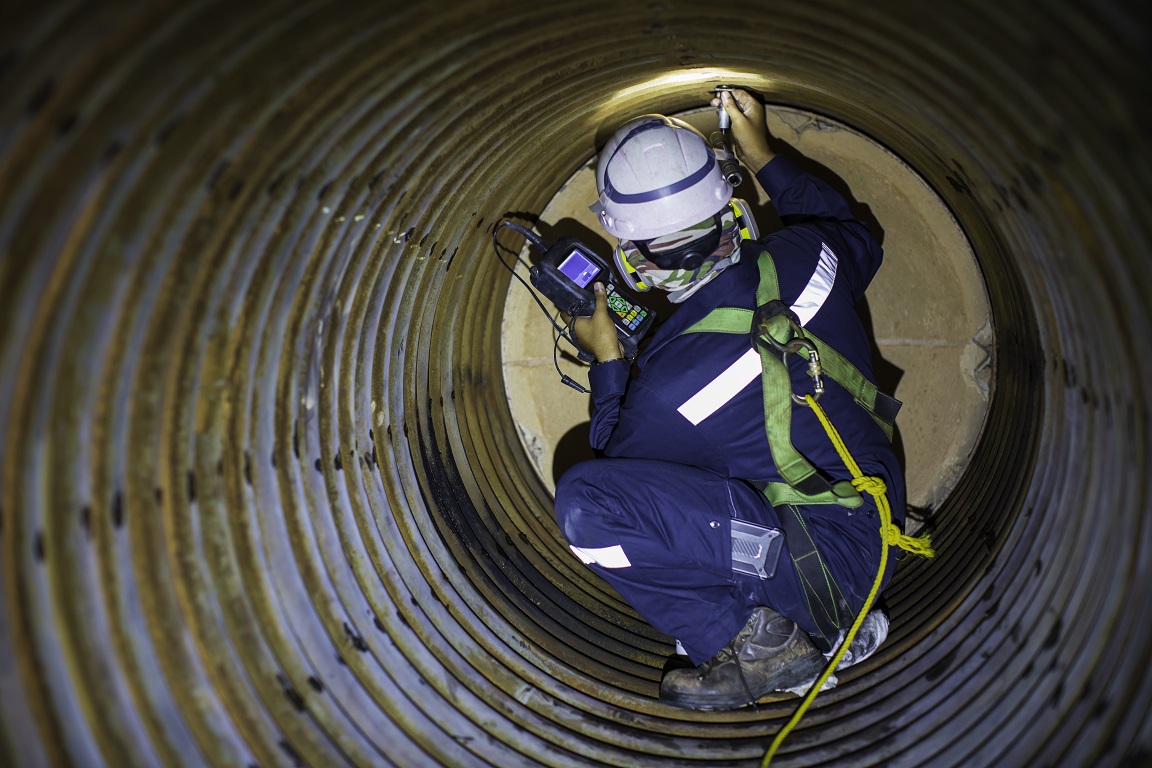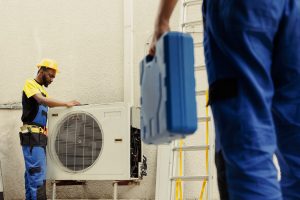Exploring Confined Spaces: A Guide to Working Safely

Introduction:
Working in confined spaces comes with its own set of hazards, and it’s crucial to understand and address these risks to ensure a safe working environment. This blog will help you grasp the potential dangers, the importance of a confined space entry permit, and the responsibilities of employers to keep workers safe.
Hazards in Confined Spaces
Understanding the Risks:-
Confined spaces can pose various dangers, including:
- Suffocation: Lack of oxygen can be a serious threat.
- Fire and Explosion: Flammable gases and vapors can lead to fires and explosions.
- Poisoning: Exposure to toxic gases, vapors, or fumes can be harmful.
- Engulfment or Entrapment: Materials like collapsing particles can pose risks.
- Falling from Heights: Openings and scaffolds can lead to falls.
Confined Space Entry Permit
Ensuring Safety – What it Includes:
A confined space entry permit acts as a formal check before anyone enters a confined space. It should cover:
- Identification and Location: Knowing where the confined space is.
- Purpose of Entry: Why someone needs to enter.
- Entry Details: Date, time, and how long the entry will last.
- Hazards and Controls: Identifying and managing potential risks.
- Personal Protective Equipment (PPE): Gear needed for safety.
- Precautions: Additional safety measures like barricades and signboards.
- Emergency Plan: What to do in case of an emergency.
- Confined Space Attendant: The person responsible for safety.
- Atmospheric Testing Results: Checking the air inside the confined space.
- Supervisor and Signatures: Names of key people approving the entry.
Employer’s Role – Keeping Workers Safe:
Employer Responsibilities:
As an employer, you must:
- Evaluate the Need: Decide if entering the confined space is necessary.
- Ensure Safe Access: Provide safe ways to get in and out.
- Share Information: Make sure workers know about the confined space’s hazards.
- Practice Safe Openings: Ensure safe ways to enter the space.
- Provide Lighting: Make sure there’s enough light inside.
- Implement Procedures: Establish clear steps for entering, including gas testing.
- Training: Train workers and supervisors on safe practices.
- Emergency Plan: Have a plan for rescues and provide necessary equipment.
- Appoint an Attendant: Designate someone to oversee safety.
Source:
Workplace Safety and Health Council
https://www.tal.sg/wshc/topics/confined-space/working-safely-in-confined-spaces



